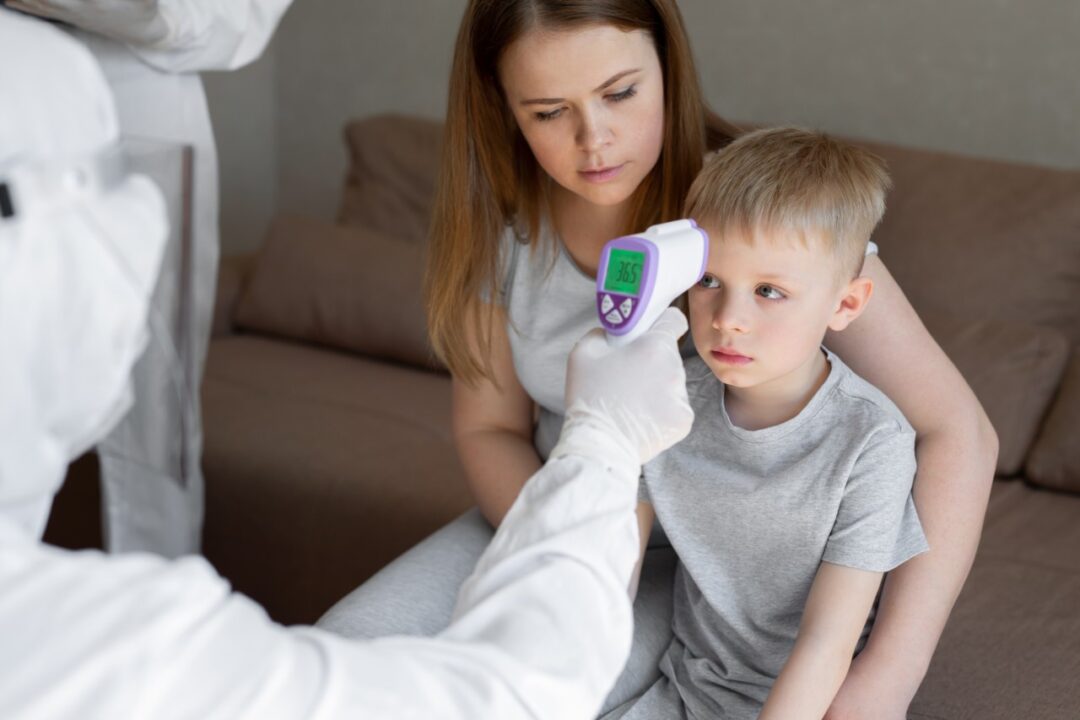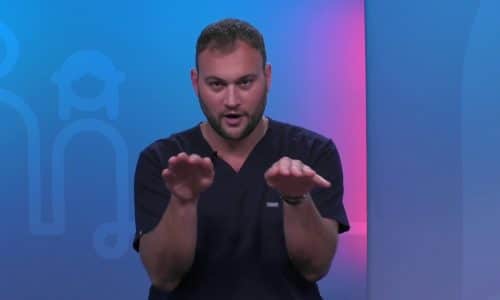What is Kawasaki Disease and Multi-System Inflammatory Syndrome in Children? |

Have you recently heard about Kawasaki Disease? Have you heard about certain children getting very sick with COVID 19? Let me explain a little about these illnesses: Kawasaki disease (KD) known for > 50 years and the new Multi-System Inflammatory Syndrome in Children (MIS-C) related to COVID19.
On April 26th 2020, it was first reported in the UK an increase of children having severe inflammatory illness (Kawasaki-like) and testing positive for SARS-CoV-2, the novel coronavirus that causes COVID19. As of May 12, 2020, the New York State Department of Health identified 102 patients with similar presentations, many of whom tested positive for SARS-CoV-2. This has also been seen in other countries.
Kawasaki Disease (KD)
KD is a condition that causes the inflammation of the blood vessels. It is the leading cause of acquired heart disease in children in the United States. More than 4200 children are diagnosed with KD every year in the US.
What are the symptoms?
Fever above 102 F that lasts for at least five days AND other signs and symptoms that may include:
- Rash anywhere on the body but more severe in the diaper area.
- Red, bloodshot eyes without pus, drainage, or crusting.
- Red, swollen, and cracked lips; strawberry-like tongue.
- Peeling fingers and toes (typically 2 to 3 weeks after the beginning of the fever).
- Swelling and tenderness of a gland (lymph node) on one side of the neck.
- Swollen hands and feet with redness on the palms of the hands and the soles of the feet.
It is diagnosed after the doctor suspects it due to the symptoms and confirms it with some lab tests. A heart exam (echocardiogram) is always done to see if the heart vessels called coronaries have been involved.
What causes it?
The cause of Kawasaki disease is not known, but it is thought to be a reaction by the body’s immune system. There are two theories:
- The host (patient) is the problem and they can get many different infections that can trigger the disease. If this is the correct theory, SARS COVID 2 could be an agent triggering it. It can be recurrent because you can get it from different agents.
- One agent causing KD. There has never been evidence of a specific infectious agent, despite epidemics and outbreaks of KD seen through the years. Data that supports this theory is that it occurs in a young age group, it is self-limited in nature, and the lack of response to antibiotics.
Facts about KD
- Up to 90% of cases occur in children from 6 months to 5 years old
- It occurs more frequently in children of Asian ancestry. 1 in 65 Japanese children have KD by age 5. The Caucasians’ incidence is tenfold lower.
- There is a genetic susceptibility.
Is there a treatment?
Yes! It is important to diagnose it early and start treating it immediately after the diagnosis with an infusion of Intravenous gamma globulin (IVIG) and Aspirin. The coronary arteries need to be monitored closely by the Cardiologist. Patients do stay in the hospital for this treatment. Children treated for KD are sent home from the hospital on a low dose of Aspirin to take by mouth every day for 6 to 8 weeks.
Why is it dangerous?
Children with KD have a high risk of coronary artery aneurysms thrombosis with myocardial infarction, coronary aneurysm rupture (if it gets large enough) and coronary artery stenosis (obstructed vessels). These are all complications in the vessels that feed the heart with blood and can cause heart attacks and death.
Multi-System Inflammatory Syndrome in Children (MIS-C)
MIS-C is a new health condition seen in children who have been previously infected with SARS-CoV-2, recovered from it and then develop an immune response that leads to severe inflammation in different organ systems and symptoms.
Children with MIS-C present to the hospital severely ill, like in shock, and show severe myocarditis (inflammation of the heart) or cardiac dysfunction. These patients have shown extremely high cardiac damage markers, with evidence of antibodies indicating that they have previously been infected with the new coronavirus that causes COVID-19.
The CDC has released the criteria to diagnose MIS-C:
- Fever, laboratory evidence of inflammation, and evidence of clinically severe illness requiring hospitalization, with multisystem (2 or more) organ involvement AND
- No alternative diagnoses;
AND - Positive SARS-CoV-2 test or COVID-19 exposure within the 4 weeks prior to the onset of symptoms
Some symptoms of MIS-C can be similar to KD but they are different in the following ways:
| MIS-C COVID-19 Shock | Kawasaki Disease Shock |
| Low levels of specific white blood cells called lymphocytes | Normal lymphocyte levels |
| Majority of patients are older than 5 years | 80% of patients are less than 5 years old |
| SEVERE abdominal pain | Some GI complaints |
| Labs: high ferritin and CRP, low platelets and albumin. | Same but less severe |
| African American at highest risk | Asians at highest risk |
| Myocarditis/myocardial infarction | Coronary aneurysms (25-60%) |
Japan and China have not had reports of increased shock in children and these are the areas where they are more genetically predisposed to KD, thus making it less likely that this new MIS-C disease is related to KD.
There are still a lot of unanswered questions about Kawasaki Disease and MIS-C with COVID19, but investigations so far have shown these are different conditions.
What can you do from home?
Call your pediatrician if your child has:
-
- a fever lasting more than 24-48 hours
- trouble breathing
- your child seems confused, looks ill or very sleepy
- abdominal pain, diarrhea or vomiting
- rash or changes in skin color
If you have any more questions just Ask Hanna, our health advisors are here to help.
Dr. Valerie Hines, MD FAAP
Image: ©Shutterstock / Studio Peace








